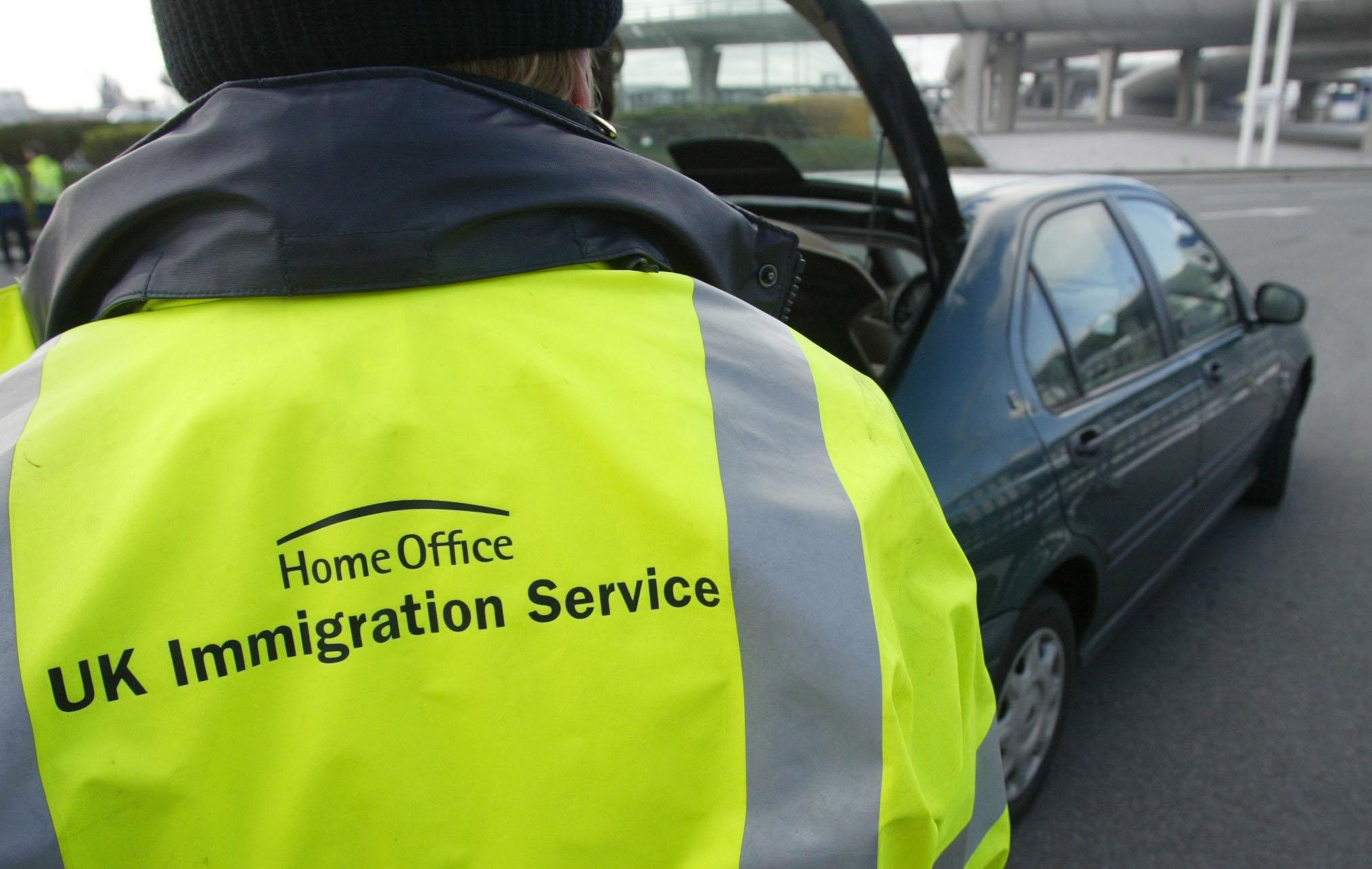Net migration to Britain has increased to the second highest level on record, official figures reveal.
The figure – the difference between the number of people arriving and leaving – was estimated at 333,000 for the year ending December 2015.
This was 10,000 higher than the level recorded in the year to September, which the Office for National Statistics was “not statistically significant”.
Net migration of EU citizens was estimated at 184,000 – up compared to the previous year when it stood at 174,000, and the joint highest figure on record.
Immigration from the bloc – just the number arriving – was 270,000.
Statisticians said the apparent increase in EU net migration was largely due to a rise in net migration of citizens from Bulgaria and Romania, from 44,000 to 58,000.
The number for other member states remained similar to the previous year.
The overall net migration figure, which covers those coming to the country for at least a year, is 3,000 short of the highest level.
It is well above the Government’s aim of bringing the measure to below 100,000.
Immigration minister James Brokenshire said: “Net migration from outside of the EU and within the EU remains too high. These figures underline that there are no quick fixes or simple solutions.
“However, we remain committed to reforms across the whole of Government to bring migration down to sustainable levels, which is in the best interest of our country.
“We have cut abuse in student and family visa systems, raised standards in work routes and toughened welfare provisions. The new Immigration Act will go further, tackling illegal working and making it harder than ever for illegal migrants to stay under the radar, putting an end to the permissive environment of the past.
“In addition, the Prime Minister re-negotiated our position within the EU. This will close back-door routes into the UK, tackle the artificial draw of the welfare system and make it easier to deal with abuse of free movement and to deport those with criminal records.
“Leaving the EU is absolutely no panacea or silver bullet whatever some may suggest.”
The ONS also revealed that in 2014 13%, or 8.3 million, of the UK resident population were born outside the UK. This has risen from 9%, or 5.3 million, in 2004.
Boris Johnson – the Conservative MP and former London mayor spearheading the campaign for Britain to leave the EU – said people had voted at the general election to bring net immigration down to the tens of thousands.
He said: “For me this is about democracy, it is about control and it is about consent.
“At the moment what is happening is not with the consent of the British people and the only way to achieve that is to take back control on June 23 and vote to leave.”
He said it was “certainly possible” to meet the tens of thousands target if Britain was outside the EU.
“We would be able to decide our immigration policy on the needs of the British people.”
Mr Johnson said: “You see the pressure on public services, you see the waiting lists in hospitals, in GP surgeries and of course in schools.
“People are feeling it and what they resent is the lack of control.”
Ukip leader Nigel Farage said he believed many more were arriving than the official numbers suggested,
“Mass immigration is still hopelessly out of control and set to get worse if we remain inside the EU, going on with disastrous open borders,” he said.
“However, I don’t believe these official figures and I’m sure the real numbers are much higher.”


